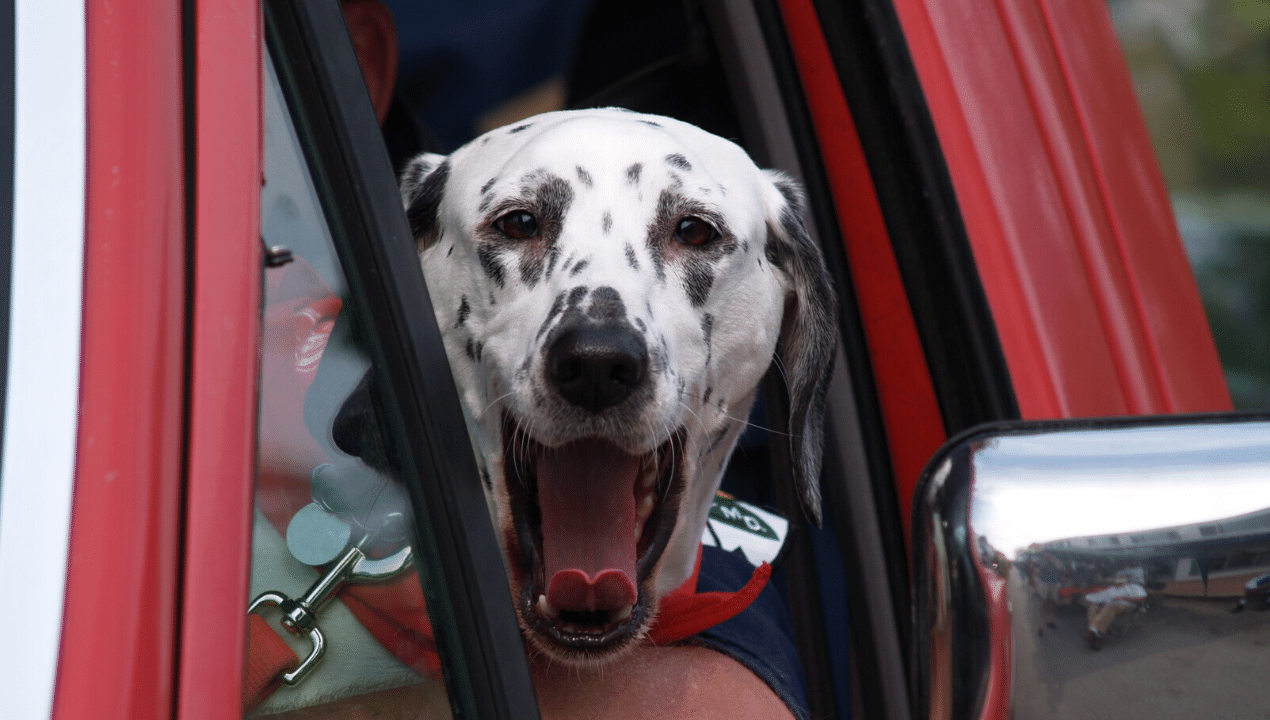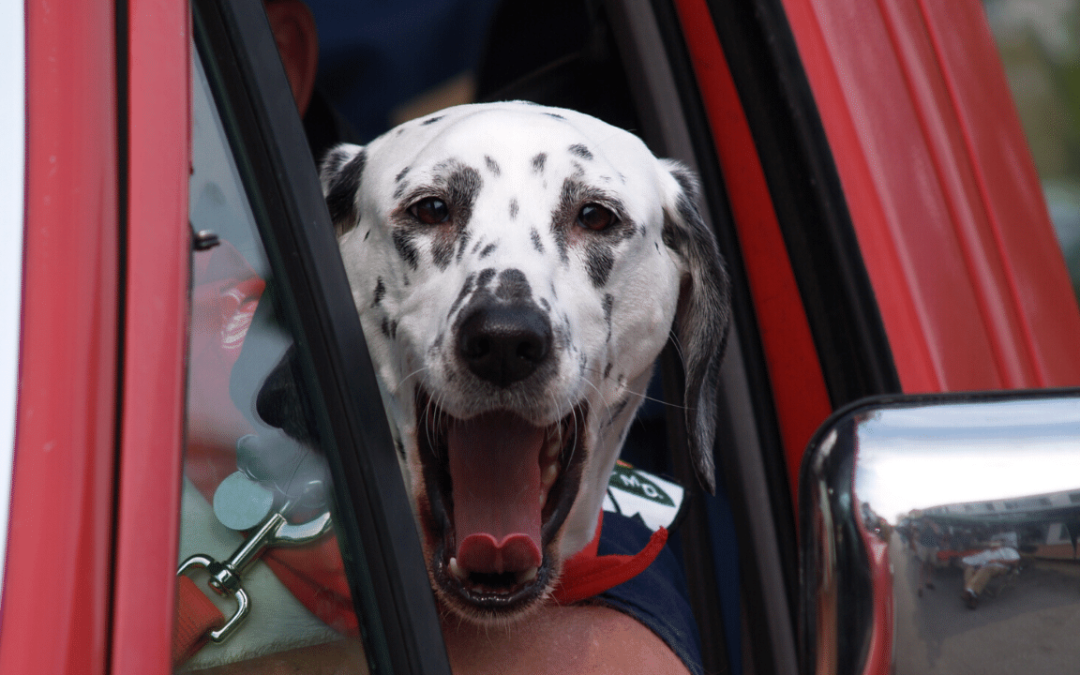
Your pet is a beloved member of your family, and just as you have emergency plans in place for your human family members, pets need a plan, too. On July 15, we celebrate National Pet Fire Safety Day, which is a great reminder to take a little time this summer to plan how you can protect your pet and house from a fire and put an emergency procedure in place. The holiday was created in 2009 by the American Kennel Club and ADT Security Services because more than 500,000 pets are affected by house fires, with 1,000 of those house fires started by the pets. Here is a compilation of some of their best safety tips to celebrate #PetFireSafetyDay.
PET FIRE SAFETY TIPS
1. Extinguish Open Flames
Wagging tails, natural curiosity, and rambunctiousness can all lead to accidents with a burning candle. Even if you set a candle on a shelf, cats are experts at conquering high places and can start fires when their tails pass over lit candles. Consider the option of flameless candles, which contains a light bulb powered by a battery. It still provides the ambiance of a burning candle and emergency light in a power outage. Fireplaces should have safety grates that always remain in place to prevent pets from getting too close to an active fire or wander into leftover simmering ashes. The bottom line — never leave a pet unattended with a lit candle or fireplace.
2. Pet-proof Your Home
Investigate your home thoroughly to ensure there are no areas where pets can start fires accidentally, such as loose wires, electrical outlets, and appliances. Pets are generally curious, not often cautious, and will investigate cooking appliances and sizzling grease, which can quickly create an out-of-control kitchen fire. Remove knobs from the stove or place protective covers over them to prevent them from being accidentally turned on. Use a kennel or a pet-proofed room with a baby gate to secure young pets at night or when you leave home.
3. Have an Emergency Plan
Have an emergency plan and practice escape routes with your pets. Include all family members, making sure each person knows which pet they are responsible for, what to do, and where to go. Train pets to come to you when you call. Keep notice of where your pets like to nap or hide, which will give you the most likely places to look in an emergency. Remember that pets respond to their owners’ level of stress and anxiety and may become extremely challenging to round up in an intense emergency. Although there may not be enough time in a fire evacuation, practice crating your pets so that they react positively when you pull it out. Keep the phone number and address of a local animal hospital in your phone’s contacts so that if your pet is injured, you know who to contact and where to go for emergency treatment.
4. Help the First Responders
Store leashes near the door, keep collars with ID tags on the pets, and, if possible, keep your pets secured in the main living area or near a door for easy rescue. A simple but effective measure is to affix a fire alert sticker on or near the front door or window. It should list the number and type of pets in your home. If you list the room where they are kept, it can save critical time for firefighters to locate and rescue them. Include the name and phone number for your veterinarian in the event your pets need to be taken for emergency care in your absence. The ASPCA offers a free Pet Safety Pack, which includes the window decal. Just visit their website and fill out the online form at https://secure.aspca.org/take-action/order-your-pet-safety-pack.
Hopefully, you will never experience the tragedy of a home fire. Taking a few of these precautions can give you peace of mind that you can reduce the possibility of losing your pet. An out-of-control fire leaves little time to act, so the most important thing you can do is evacuate. We love our pets deeply, and it would be heartbreaking to lose one in a fire, but never delay your escape or put your family’s lives in danger to rescue a pet.


Recent Comments